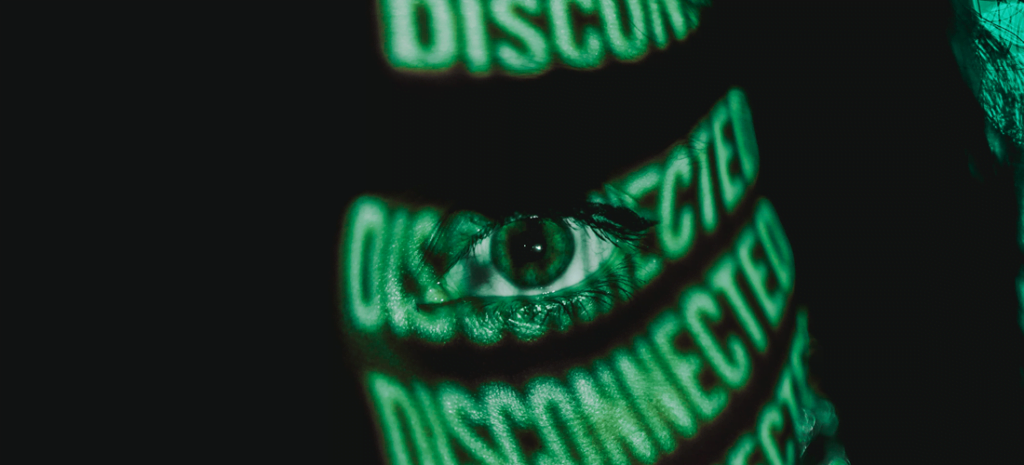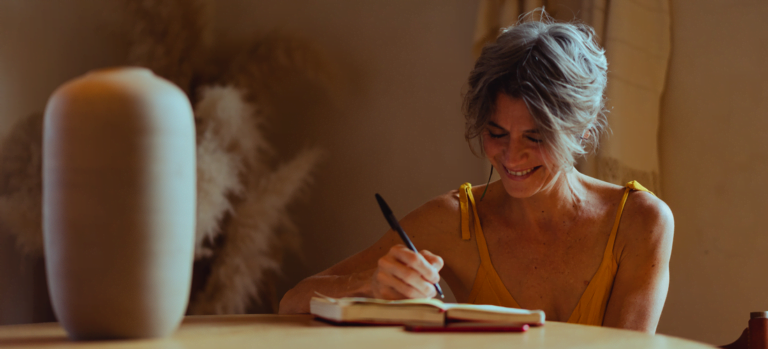Let’s explore how solitude and conflict resolution can go hand-in-hand and how time alone can serve as a powerful catalyst for resolving conflicts. Solitude provides the necessary space to reflect upon the situation, assess our perspectives, and confront our biases. By distancing ourselves from the immediate emotional responses that conflicts often stir up, we are better able to approach the issue with a calm and open mind.
The Synergy of Solitude and Conflict Resolution
Picture this: you’re knee-deep in an argument, voices raised, tension in the air like you can cut it with a knife. But wait, before you dive back into the ring, take a breather and give solitude a shot. Why? Because it’s like your personal zen dojo, where you can work things out before you even step back into the ring.
Solitude is like your own little hideaway where you can think, reflect, and dig deep into your thoughts. Away from the noise and drama, you get the chance to figure out what’s really bugging you. This can help you challenge your own ideas and opinions. Being alone gives you this space to knock down the walls that block resolution. All those outside pressures, judgments, and biases? Poof! They’re out of the picture. You get to face your own insecurities and hang-ups head-on, which can lead you down the path of empathy – a total game-changer when it comes to fixing things.
When you’re alone, you can totally step into the other person’s shoes. It’s like trying on a different pair of glasses that suddenly make everything clear. You see their viewpoint, their struggles, and their fears. And guess what? That makes them seem a whole lot more human, just like you.
Think of solitude as your own DIY workshop for crafting conflict solutions. Away from the heat of the moment, you can brainstorm ideas, get creative, and build a plan that actually works. No more hasty decisions that just make things worse – you’ve got the time and space to be the mastermind of compromise.
So, next time you’re caught up in a showdown, don’t forget to take a step back and explore the power of solitude. It could be the key that unlocks a whole new level of understanding and harmony.
Solitude Techniques for Conflict Resolution
Alright, let’s break it down – here are some solitude techniques that can seriously amp up your conflict resolution game. These are like your secret ninja moves, but for dealing with disagreements and getting back to that chill vibe.
1. Solo Reflection Time
First things first, find a comfy spot and just chill. Take a few deep breaths, close your eyes, and let your thoughts wander. Reflect on what’s really bugging you about the situation. Is it your ego? Your fears? Your hang-ups? It’s like you’re having a heart-to-heart with yourself.
2. Journaling
Grab a pen and paper, or even your phone, and start jotting down your thoughts. Write out all the nitty-gritty details of the conflict. Don’t hold back – let those feelings flow. It’s like venting to your best friend, except your best friend is you.
3. Exploring Empathy
Imagine you’re the other person in the conflict. What’s going on in their head? What are their fears, desires, and frustrations? It’s like you’re stepping into their shoes and taking a walk in their world.
4. Mindful Me Time
Find a quiet corner and get your mindfulness on. Focus on your breath and let go of the tension. Feel the weight of the conflict lift as you center yourself. It’s like hitting the reset button on your brain.
5. Creative Visualization
Close your eyes and imagine the conflict being resolved in the best possible way. Picture a scenario where both sides come together and find common ground. It’s like you’re the director of your own feel-good movie.
6. Problem-Solving
Lock yourself in your mental lab and start brainstorming solutions. Get creative and think outside the box. What compromises could work? What steps can you take to mend fences? It’s like you’re the Einstein of conflict resolution.
7. Nature Connection
Head outdoors and let nature work its magic. Take a walk, sit by a tree, or watch the sunset. Nature has this calming effect that helps you see things in a different light. It’s like Mother Nature giving you a pep talk.
8. Disconnect to Reconnect
Unplug from all the noise – social media, emails, the works. Use this time to focus solely on the conflict at hand. No distractions, just you and your thoughts. It’s like you’re cutting ties with the drama and diving into the real stuff.
Remember, these solitude techniques aren’t just about escaping the chaos. They’re your tools for self-discovery, empathy building, and crafting solid solutions. So, go ahead, pick your favorite technique, and give it a whirl.
Limits of Solitude: The Importance of Social Interaction
Let’s chat about the yin and yang of conflict resolution – solitude and social interaction. They’re like two sides of a coin, and while solitude is all cool and reflective, you can’t ignore the awesome power of connecting with others.
Limits of Solitude
So, you’ve hunkered down in your own little bubble, doing the solo soul-searching thing. Spending too much time alone might actually backfire. You see, while solitude is great for introspection, it can also turn into a one-person echo chamber. You start overthinking stuff, spiraling into your own thoughts without anyone to challenge or question your ideas.
Plus, there’s this thing called tunnel vision. When you’re all cozy in your solitude cocoon, you might miss out on different perspectives. It’s like trying to see the whole picture through a tiny peephole. And let’s be real – you’re not a one-person problem-solving machine. You need a reality check every now and then.
The Importance of Social Interaction
Alright, time to flip the coin and embrace the magic of social interaction. When you’re stuck in a conflict, engaging with others is like adding rocket fuel to your resolution efforts. You’re opening the door to fresh viewpoints, ideas, and insights. It’s like inviting a bunch of brainstorming buddies to the party.
Think about it – when you talk things out with someone else, you’re getting a sneak peek into their brain. You can learn stuff you never knew, get a reality check when you’re veering off course, and even find some common ground you never thought possible. Plus, let’s not forget about the power of empathy. When you hear someone else’s story and see the world through their eyes, it’s like your understanding superpower levels up.
And hey, remember that we’re social creatures by nature. Human connection is like our secret sauce. When you engage with others, you’re building bridges, not walls. You’re turning a “you vs. me” standoff into a “we got this” teamwork.
Finding the Balance
Alright, here’s the sweet spot – balance. Solitude and social interaction aren’t enemies; they’re the ultimate tag team. You use solitude to dig deep, sort out your thoughts, and get your introspection on. But then, you bring those insights to the table, where social interaction helps you test your ideas, challenge your assumptions, and find those hidden gems of compromise.
So, yeah, don’t underestimate the power of human connection in conflict resolution. It’s like adding a dash of spice to your solitude stew – it takes things to a whole new level. Just remember, you’ve got the tools of both solitude and social interaction in your toolbox.
Closing Thoughts
We’ve taken a wild ride through the realm of solitude and its incredible impact on resolving conflicts. So, let’s do a quick recap of what you’ve picked up on this journey:
Solitude isn’t just about escaping the chaos; it’s your personal superpower for introspection. It’s your chance to peel back the layers, challenge your own biases, and understand what’s really driving the conflict. So, next time you’re caught up in the storm, remember that solitude is your trusty compass pointing you towards clarity.
But wait, there’s more! Solitude isn’t a one-person show. It’s like the opening act that sets the stage for the main event: social interaction. Engaging with others is like infusing your resolution efforts with a jolt of lightning. It’s where empathy flourishes, where diverse perspectives collide, and where the magic of compromise comes to life.
And the big takeaway? It’s all about balance. Solitude and social interaction are like the dynamic duo of conflict resolution. They work hand in hand, each bringing its own set of skills to the table. Solitude gives you the space to dive deep and understand yourself, while social interaction fuels your understanding of others and helps you build bridges.
So, as you venture forth into the world of conflict resolution, armed with the wisdom of solitude, remember this: you’ve got the tools, the insights, and the determination to turn clashes into conversations and differences into understanding. Embrace solitude, harness its power, and then let the beauty of human connection take your conflict resolution game to new heights.








